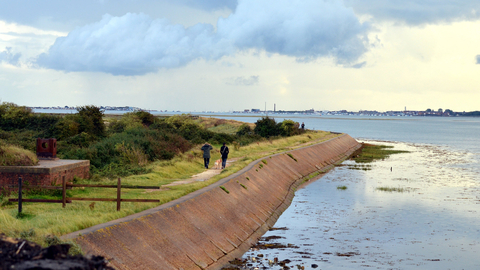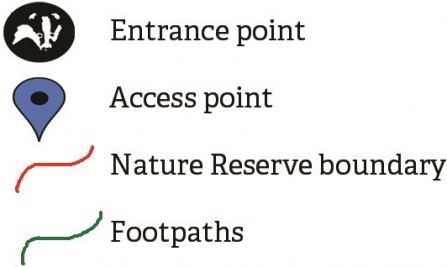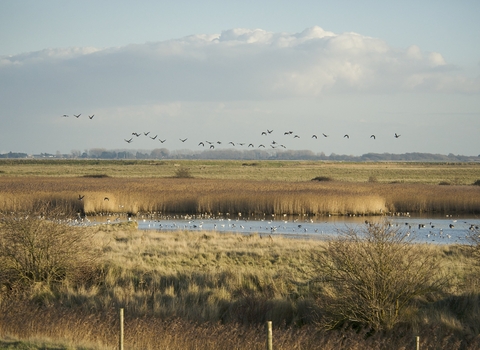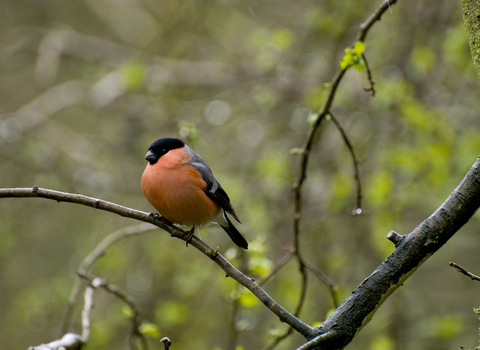To find out more about the tidal flap repair works and to keep up to date please visit this webpage.

© Deryn Hawkins
Farlington Marshes Nature Reserve
Know before you go
Dogs
When to visit
Opening times
Open at all timesBest time to visit
Visit during the winter to see huge numbers of waders on the lakes at high tide. Thousands of brent geese graze on the fields during the colder months and short eared owls are out on the hunt.About the reserve
This reserve offers wonderful walks all year round, but during the winter it really comes to life, playing host to a staggering number of migratory, overwintering wildfowl.
Dark bellied brent geese, wigeons, teals, avocets, redshanks and dunlins flock to Farlington Marshes in their thousands, creating unrivalled bird watching opportunities. The winter also sees the return of the ever popular short eared owls, which hunt over the Point Field and southern end of the main marsh.
During the spring and summer migrations, the Point Field and bushes are hotspots for warblers and other small passerines passing through. Redstarts, spotted flycatchers, wrynecks, wheatears and whinchats are regularly spotted.
During the summer months Cetti’s, reed and sedge warblers can be heard chattering, while lapwings, redshanks, meadow pipits and skylarks are busy out on the marsh as they settle down to breed.
Farlington Marshes is a fantastic place to walk with stunning views around the harbour. Whether you’re a birder, a keen walker or simply enjoy being among nature, we highly recommend a visit to this magnificent nature reserve.
Species
Habitat
Contact us
Environmental designation
Location map

Map Key
Access
Road: The western car park can be reached from the eastern Portsmouth A27 roundabout (signed for the A2030). The track leading to Farlington is a small lane between the A27 westbound exit and the A2030 exit leading to Portsmouth.For eastern access to Farlington, park at the Broadmarsh Coastal Park and walk west along the coastal path. This car park is near the A27 Bedhampton exit. From the east, exit the A27 onto the A3(M). Take the first exit and follow signs for Broadmarsh Coastal Park.
Please be aware that there are height barriers at the entrances to both of the car parks nearest to this reserve.
Cycle: The Portsmouth to Havant cycleway runs along the northern edge of the reserve on the south side of the A27. There are bike racks at each entrance.
Rail: Hilsea train station is 1½ miles from the reserve with trains from Fareham and Porchester every 30 minutes.
Bus: The 21 service runs from Portsmouth Harbour to Havant. The closest stop is by Farlington Sainsbury's (north of A27) which is a 15+ min walk to the reserve.
Working in Conjunction with Portsmouth City Council at Farlington Marshes





